This post may contain affiliate links, which means that I may receive a commission if you make a purchase using these links.
Learn how to make seed balls to throw in your backyard, abandoned lots, or anywhere that could use a splash of native wildflowers.
Seed balls are actually an ancient technology that combines water, clay and seeds, shaping the mixture into marble-sized balls that are allowed to dry and harden in the sun.
The portable seed balls are then thrown wherever you want to plant. The next rain melts the clay, releasing the seeds into the soil.
The same basic process for making seed balls still stands today. However, the practice has been taken up by so-called guerrilla gardeners, activists who are reclaiming neglected urban land through gardening. Seed balls offer a hands-off way to sow seeds from a distance (maybe even over a fence!)
Whether you want to use seed balls to plant in your own backyard, or to participate in some guerrilla gardening these seed balls are a fun and rewarding project! Making seed balls is an especially fun project to do with kids!
This post is all about how to make seed balls.
How to Make Seed Balls Easy
Before you get started, make sure you have all your materials to make seed balls ready:
Ingredients to Make Seed Balls
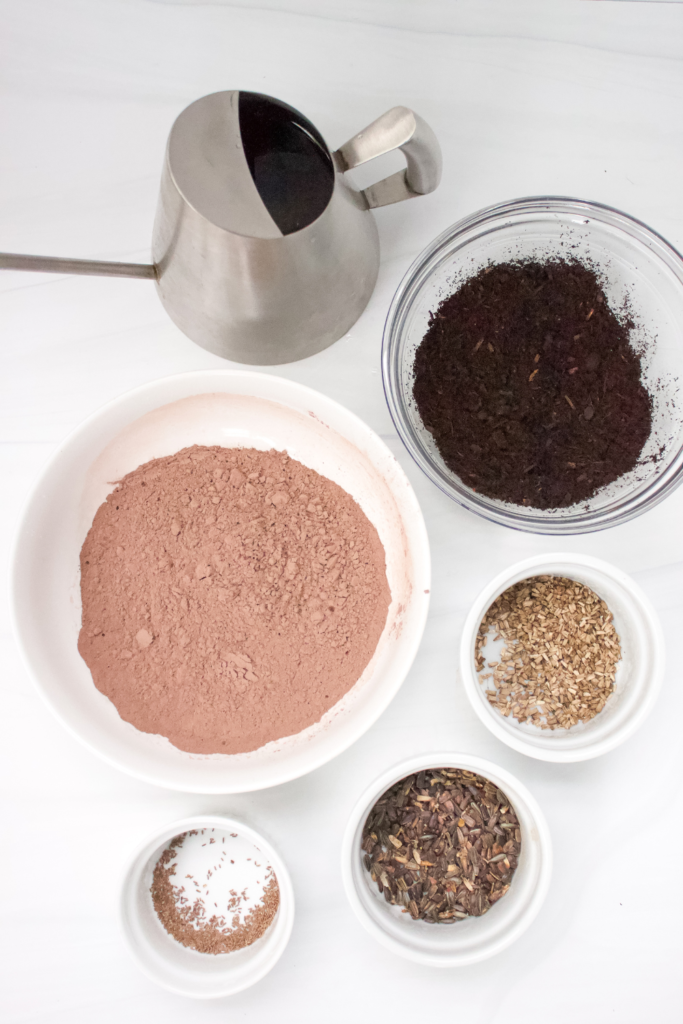
- 5 parts compost
- 3 parts red clay
- 1 part wildflower seeds
- Water
Where to Find Clay
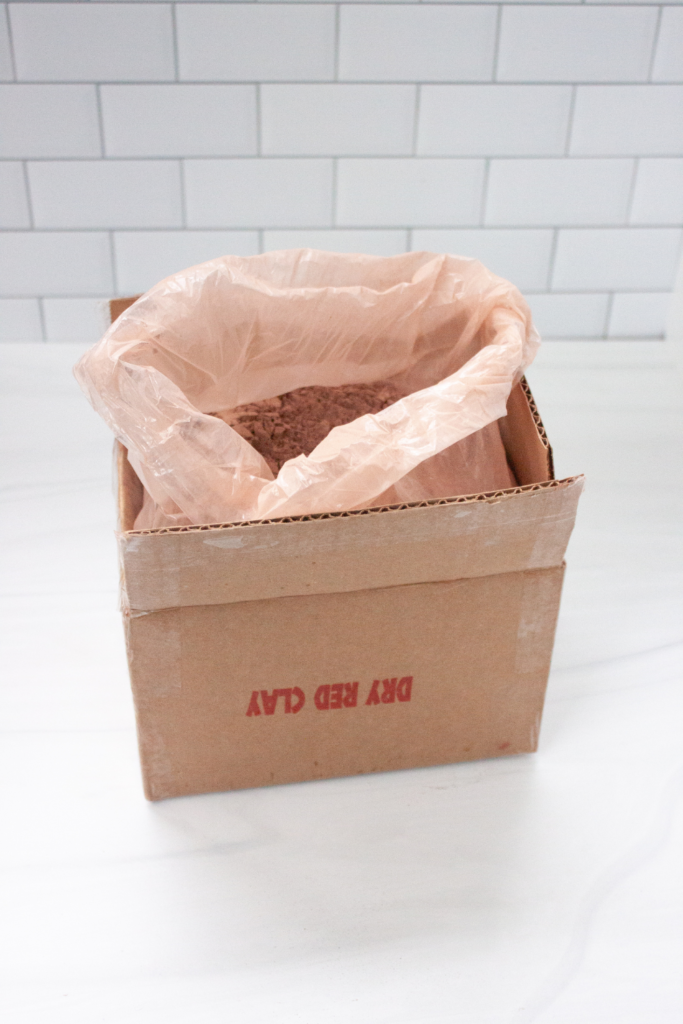

You may be able to use local clay if you live in an area with clay soils. Otherwise, you can buy dry red clay online or from your local pottery studio. Please note: not all clays are created equal–it has to be dry red clay to be safe for the seeds!
Note About Seeds


If you plan on throwing seeds outside of your own garden, it’s important to choose plants that grow natively in your area. Ask at your local plant nursery for native seeds that grow well without human intervention.
Native plants will grow easily, as well as provide the best food and habitat for your local pollinators and other wildlife.
While we’re considering ecological implications, never throw seeds in wild areas (like forests, wetlands, and other natural ecosystems.) Disturbed areas would appreciate the addition of the native seeds, but the same seeds mights pose a risk to wild areas.
Materials to Make Seed Balls
- Mixing bowl
- Cookie sheet (or other surface to lay seed balls out to dry)
- Parchment paper (optional)
Steps to Make Seed Balls


Step#1
Mix together five parts compost, three parts dry red clay, and one part native wildflower seeds in a large bowl.


Step #2
Add water a splash at a time and combine with your hands until the mixture turns into a thick dough-like texture.
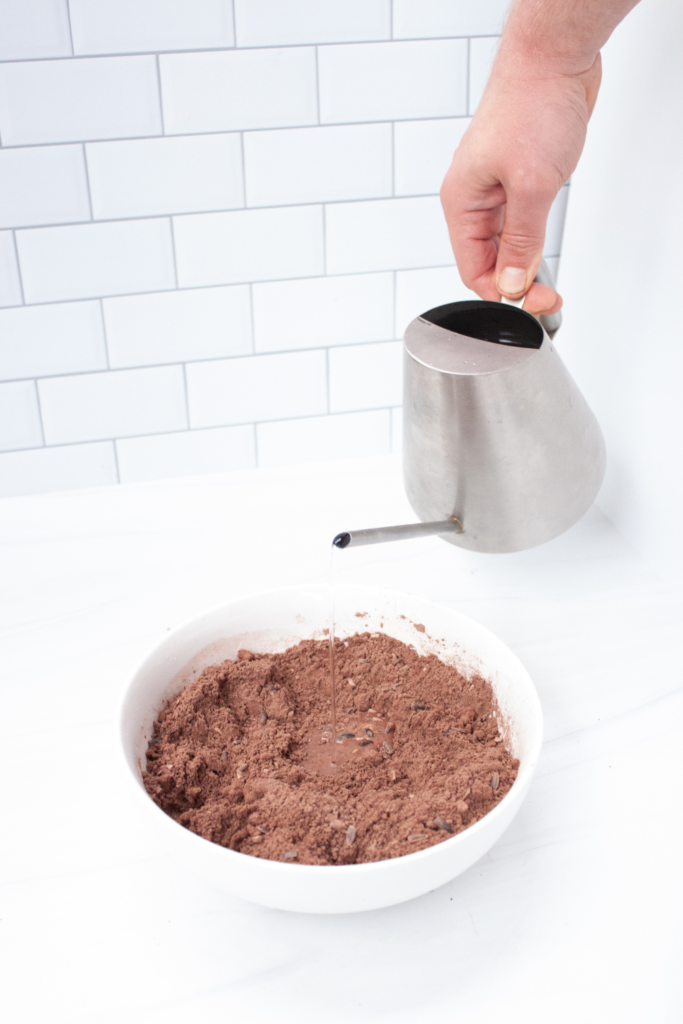

Step #3
Roll the dough into small balls between your palms. They should be about marble-sized, or up to as big as a peanut M&M.
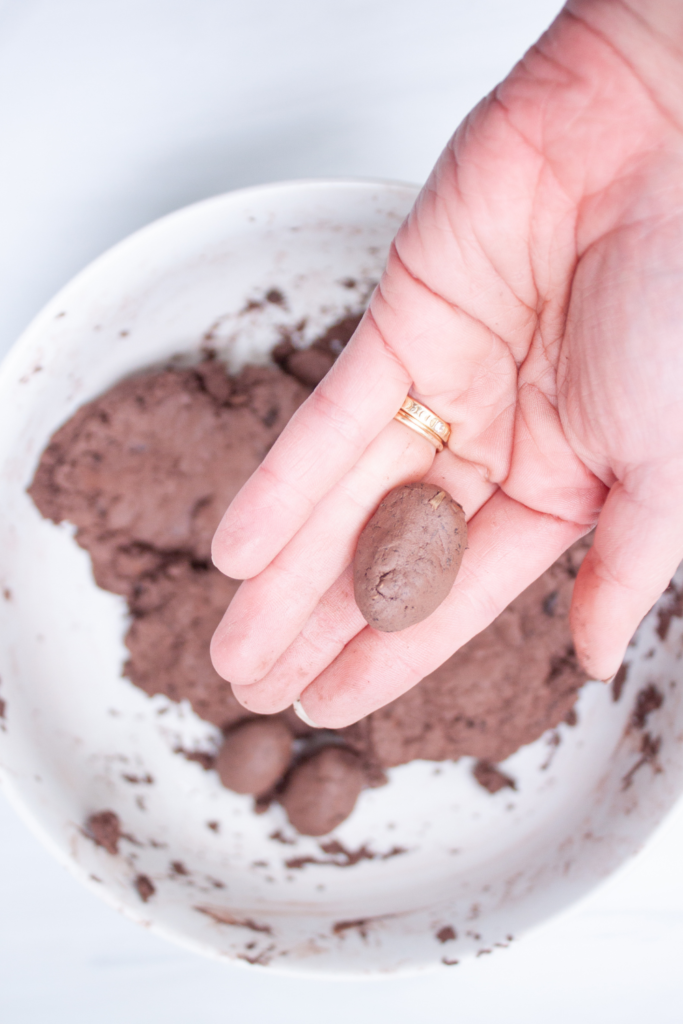

Step #4
Place the seed balls onto a cookie sheet lined with parchment paper and place in a well-ventilated area to dry. I leave mine out on the porch in the sun.
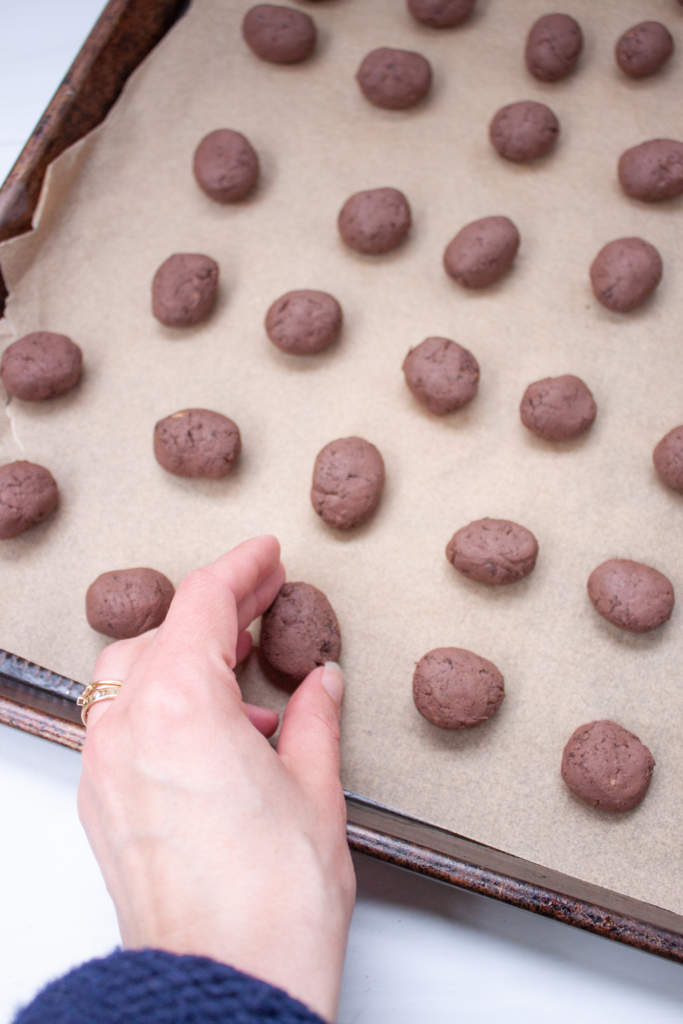

Step #5
The seed balls should be dry within a few days. You are ready to throw your seed balls!
How to Plant Seed Balls
Plant seed balls at the rate of about ten balls per square yard of ground.
Remember, do not plant seed balls in wild areas!
Hi, I’m Leslie, the founder of PunkMed


Hey friend! I’m so glad that you stopped by the blog today to learn how to make seed balls. Let me know how it goes!
If you’re into gardening, urban homesteading, or living a more sustainable life–stick around! There are a good number of resources on my blog, and I always love to hear from my readers (that’s you!) Feel free to send me a DM on Instagram!
This post was all about how to make seed balls.
